Banners, icons, Russian tricolors and flag etiquette
From ancient Rome to the present day
Flags, pennants and standards, their history and principles of creation are engaged in a whole science - vexillology. The name comes from the Latin "vexillum" - so in ancient Rome they called the cloth sign that was in every manipula or turma of the legion from the time of the republic (VI - I centuries BC). The literal translation is “a small sail”, because the vexillum was a quadrangular piece of colored matter, which was attached to the shaft using a horizontal crossbar. The number or symbolic symbol of the unit was applied to the fabric. Veksillums helped legionnaires determine their place on the battlefield, and were also used as a signal for maneuver (for example, “start moving”).
The first national flag in history is the “labarum”, which appeared in the 4th century under the Roman emperor Constantine - the same vexillum with a monogram added on top of it named after Jesus Christ.
In the Russian Empire, one of the first attempts to generalize the history of domestic flags was made in 1865 by an assistant director Armory the chamber Lukian Yakovlev, and one of the founders of Russian vexillology, thanks to his work at the beginning of the XNUMXth century, is considered the heraldry historian Pyotr Belavenets.
The science of flags reached a new level when the International Federation of Vexillological Associations was organized in Zurich on September 3 of September 1967. In 2003, the 59th member of this organization was Russia, represented by the Russian Center for Flag Studies and Heraldry.
Now the most popular colors used in national flags are red (available on the flags of 155 countries), white (144) and yellow (102).
Entertaining etymology
The words “flag” and “banner” only seem synonymous at first glance, their difference is that flags are massively replicated, and banners exist in a single copy, for example, “banner of the regiment”. However, there were more names for this symbol in the Russian language - as in Ancient Rome, these words came from the military sphere.
The first was the “banner”, which is already found in the “Tale of Bygone Years” at the beginning of the 12th century, and by the end of the century, in the “Tale of Igor’s Regiment”, the banner was joined by the banner - this word is available in many Slavic languages.
Over time, sacred images began to appear on flags, and in written sources from the 14th century. a new designation appeared - “sign” or “banner”.
With the advent of foreigners in the Russian service, “ensign”, “standard”, “pennant” and “flag” came into use, the latter two being originally used only on navy.
There was no shortage of words denoting standard bearers. At first there was a “banner”, then a “denominator” appeared. For quite a long time in the Russian army there were such military ranks as “coronet” (from “banner”), “ensign” and “cornet” (from the French cornette - “standard”).
The most unexpected word with flag etymology can be called “parcel” (from the French banderole - “flag”) - the pennant in the form of an oblong narrow ribbon was called so. The term has gained modern meaning thanks to a ribbon with postage signs, which wrapped parcels.
Leapfrog with tricolors
More or less complete information about the Russian flags can be found starting from the reign of Peter I, the appearance of a white-blue-red tricolor is associated with his name, although the first known flag of this color was spotted even by his father, Tsar Alexei Mikhailovich.
By his will in 1667-1669. Dutch masters built the frigate "Eagle" - the first Russian West European sailboat to accompany merchant caravans from Persia to Russia and vice versa.
Among the necessary materials for the construction, the Dutch asked for flag fabric, explaining “... and with the colors those are all Kindyaks (note - type of fabric) as the great sovereign points out; it’s only on ships that the state ships, that state also has a banner. ”
The material sent was "blackened (approx. - red)white and azure (approx. - blue)" colors. How these colors were combined on the ship’s flag is not known - upon reaching Astrakhan, the Eagle was captured by the rebels of Stepan Razin and, according to one version, was burned due to the difficulty in managing.
Be that as it may, Pyotr Alekseevich returned to these colors in 1693. Then, on his flagship “Saint Peter” was raised the “flag of the Tsar of Moscow” - a white-blue-red tricolor with a golden double-headed eagle in the middle. The drawing of a tricolor without an eagle made by Peter has also survived.
Soon this flag appeared on all merchant ships of Russia, and the white and blue St. Andrew’s cross became the flag of the Navy. Since foreigners saw merchant ships much more often than warships, the commercial tricolor began to be perceived abroad as the Russian national flag. (Looking ahead, in 1848 at the Pan-Slavic Congress in Prague, this gamut was declared Pan-Slavic and eventually appeared on the flags of Serbia, Slovakia, Slovenia, Croatia, Montenegro and the Czech Republic, and Bulgaria took the Russian flag, replacing the blue strip with green).
Peter made more than 30 sea flags, including the royal standard 1709 g. - against a golden background is a black two-headed eagle holding maps of the White, Caspian, Azov and Baltic seas, which Russia then had access to.
Under Elizabeth Petrovna, the standard was transformed into a coronation banner - the eagle and the golden background were preserved, the maps of the seas disappeared, but the coats of arms of the lands and territories mentioned in the title of the empress were added.
Since Peter's times, flags prescribed for this have been used in every realm. The first to legitimize the appearance of the nationwide banner was Alexander II, who approved in 1858 the tricolor of “coat of arms” - black, yellow and white. However, the order of this is no longer.
The compiler of the Explanatory Dictionary of the Living Great Russian Language, Vladimir Dahl, lamented:
The next Russian autocrat, Alexander III, in 1883 approved as a national white-blue-red tricolor, but did not cancel the black-yellow-white, which the monarchy adherents still consider their own.
An attempt to combine the “imperial” colors with the common colors in one flag was made under Nicholas II: with the outbreak of World War I, a tricolor appeared with a two-headed eagle on a gold background in the upper corner of the flagpole, but this flag did not manage to become a national symbol of the already divided country.
Flag etiquette
There is a whole flag etiquette that is followed in most countries of the world, although it is not fixed anywhere. For example, a raised flag should not touch the ground and, in general, what is below the banner. To prevent this from happening during the descent of the flag, one of the participants in the ceremony picks it up.
In many countries, it is customary to lower the flag at night, with the exception of a number of government buildings. In our country, their list is registered in the Federal Constitutional Law “On the State Flag of the Russian Federation”.
Where the flag is raised at night, it should be well lit. But the speed of lowering and raising the state flag can vary from country to country: in Russia it is customary to do both, and more sedately, but, for example, in the USA the flag should be lowered slowly, but “fly up” when it rises.
During mourning ceremonies, the flag is never lowered into the grave, but passed on to the loved ones of the deceased. Also, as a sign of mourning, flags are lowered on flagpoles.
State flags are compiled for horizontal layout. A vertical position is possible in some cases, but four countries - Brazil, Pakistan, Saudi Arabia and Sri Lanka - are forbidden to post their flags in this way. Some countries, such as Liechtenstein, Slovakia and Slovenia, have specially arranged vertical flags.
Since the development of the military and merchant fleet was the catalyst for the appearance of flags, many flag rituals are preserved in this area. So, the ships of the Navy on the roads conduct a daily ceremony of lowering and raising the flag in the presence of the entire crew. In the Russian fleet, on weekdays, the flag is raised at eight in the morning, on weekends and holidays - at nine, lowered - at sunset, and in the conditions of the polar night, the descent time is determined by the fleet commander.
Mutual salute is less and less common when ships meet at sea, in which the flag is lowered by a third of the flagpole. By tradition, civilian vessels were the first to salute the military, and when two warships meet, the order is determined by their rank. Today, the custom is dying, but in the era of the sailing fleet, some battleship could teach a courtesy lesson to the sluggish cannon-shot merchant.
But the so-called “salute of the nation” is preserved, when a warship, entering a foreign port, gives 21 a welcome shot in the visibility range of the flag of another state. This ritual has been known since the days of sailing frigates, which, as a rule, carried 40 cannon weapons. Then the "salute of the nation" was given in turn by all the guns of one side, and since the same gun started and ended, in total, an 21 shot was obtained.
In the Russian Imperial Navy, artillery salute greeted not only foreign ports, but also members of the imperial family, as well as high-ranking commanders. Within sight of the standard of the emperor or empress, Russian ships gave an 31 shot, the heirs to the throne were greeted 25 times.
- Sergey Averyanov
- Photos - MOSGORTUR, illustrations and drawings - from books provided by the Borodino Battle Panorama Museum
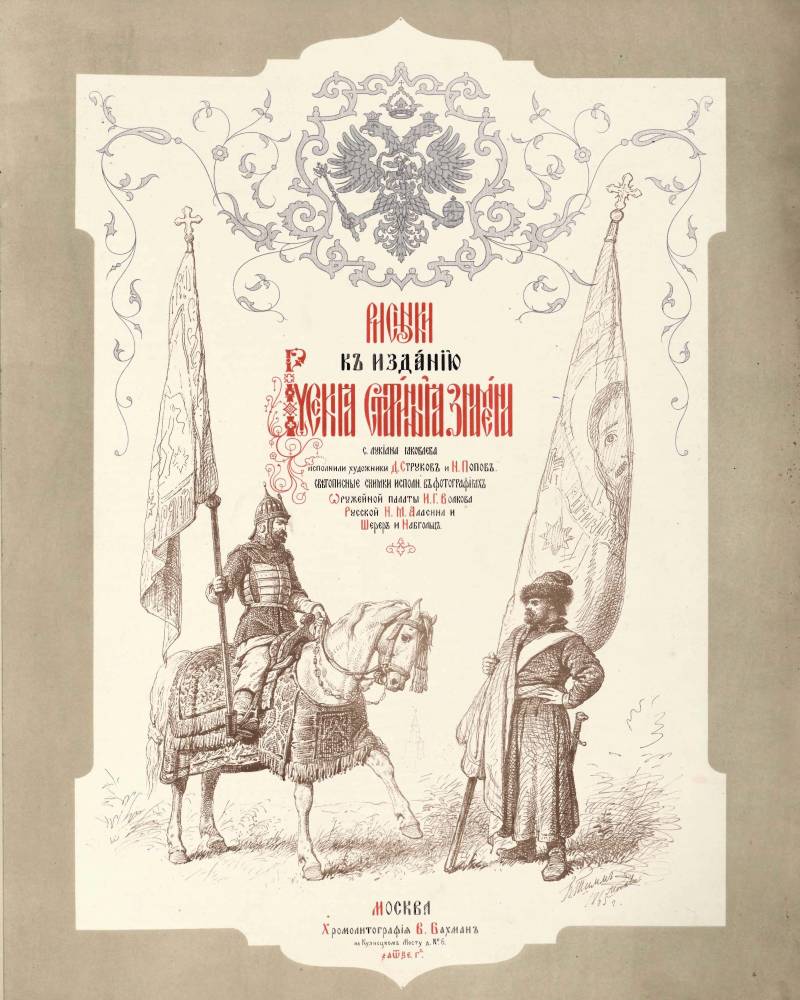
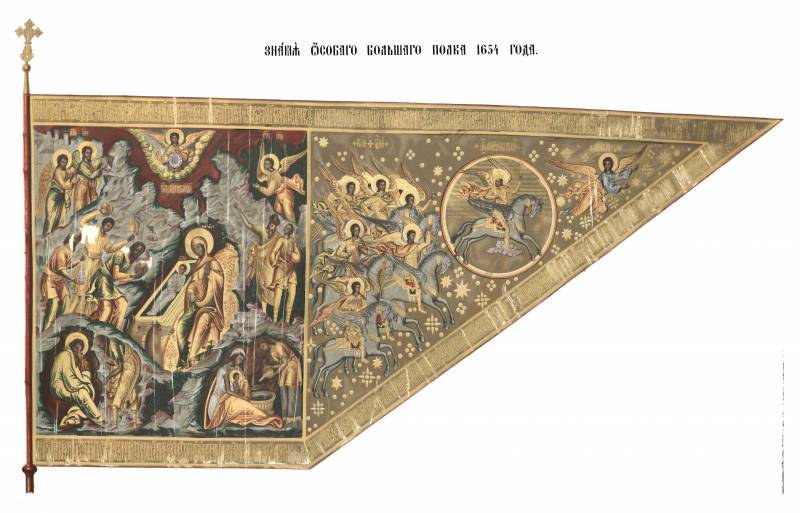
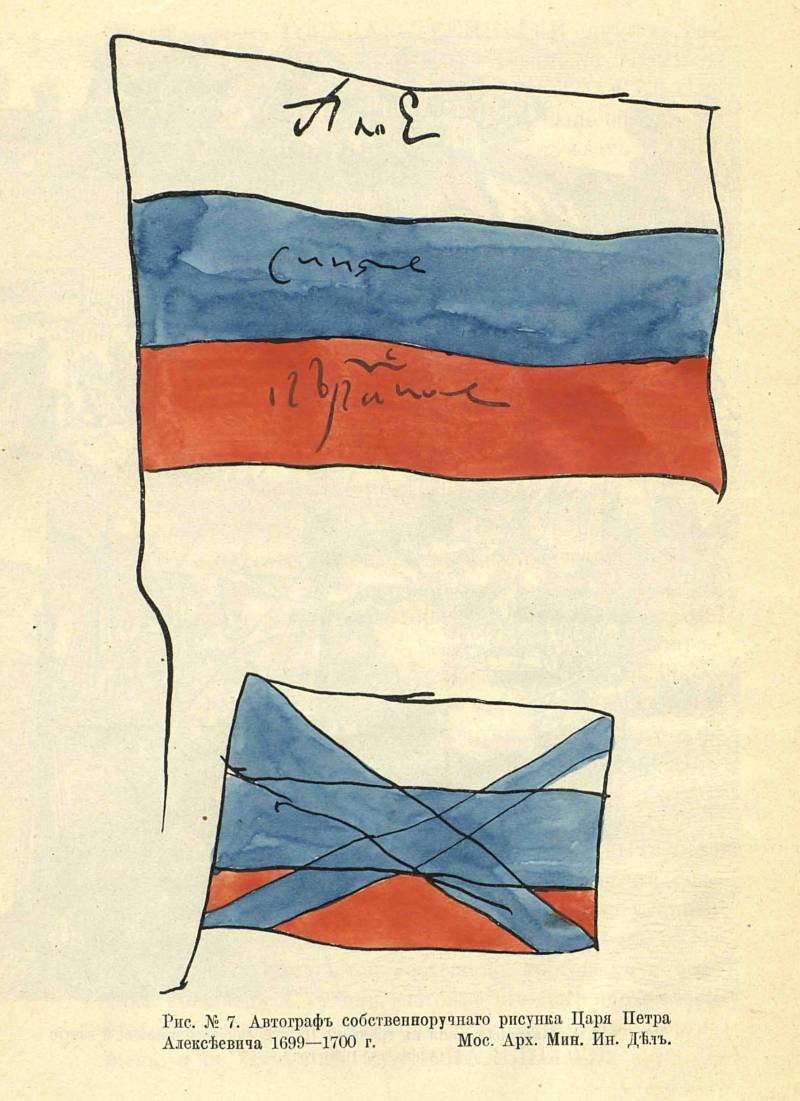
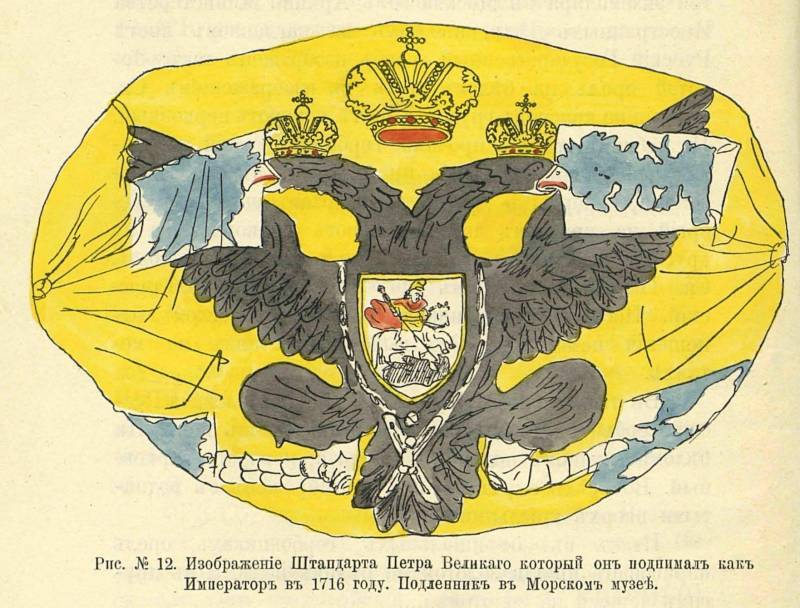
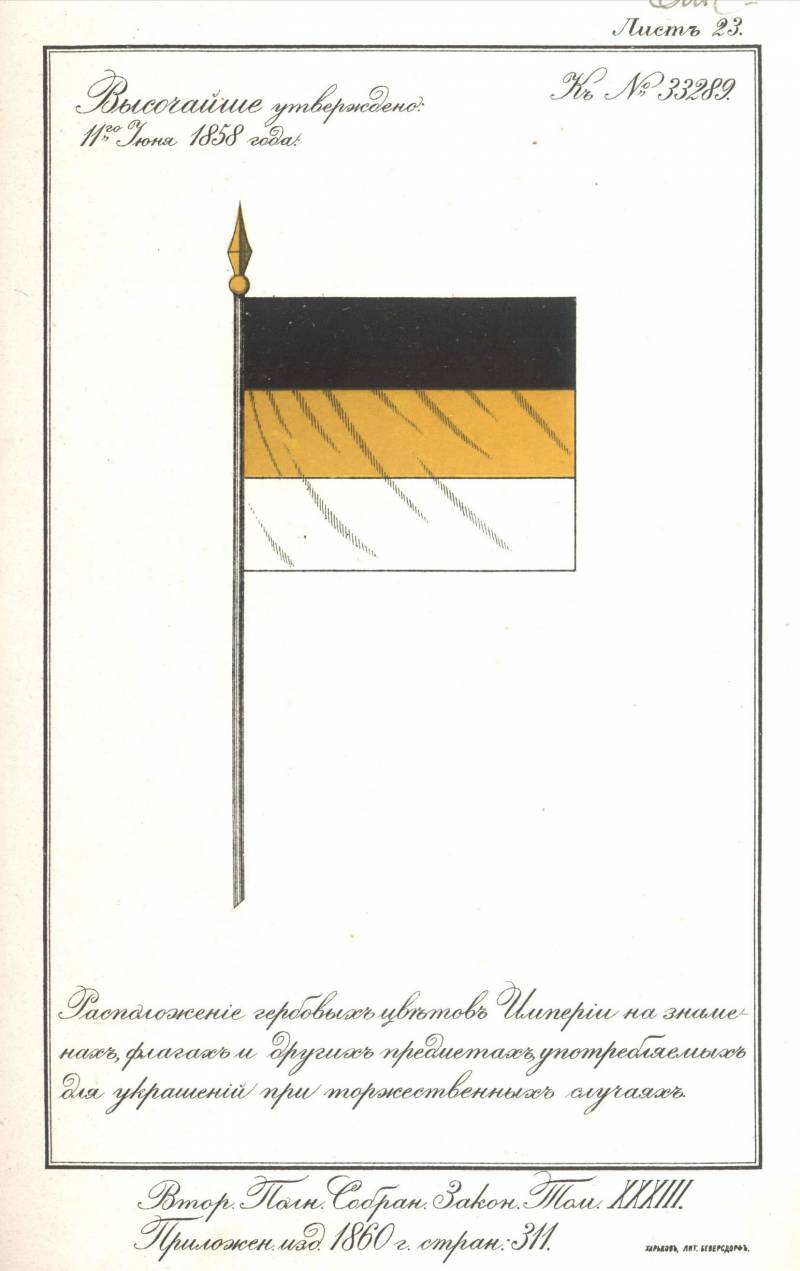
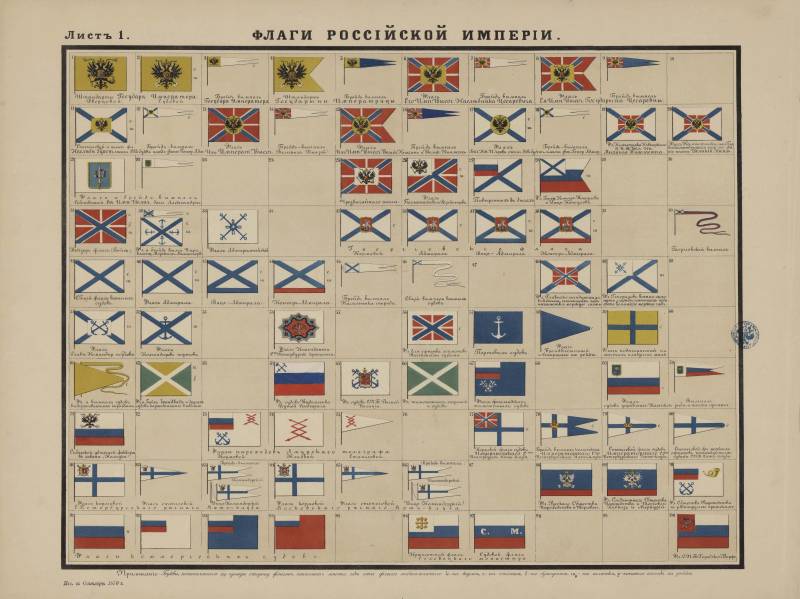
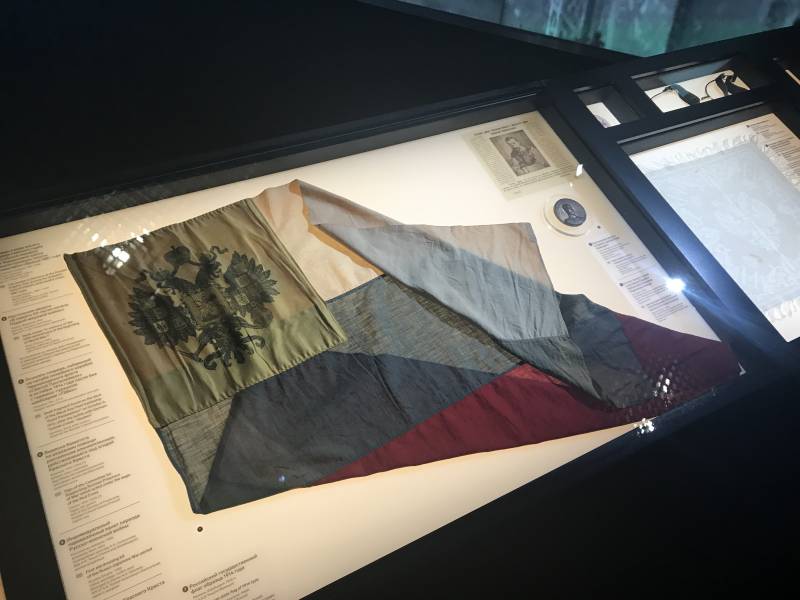
Information